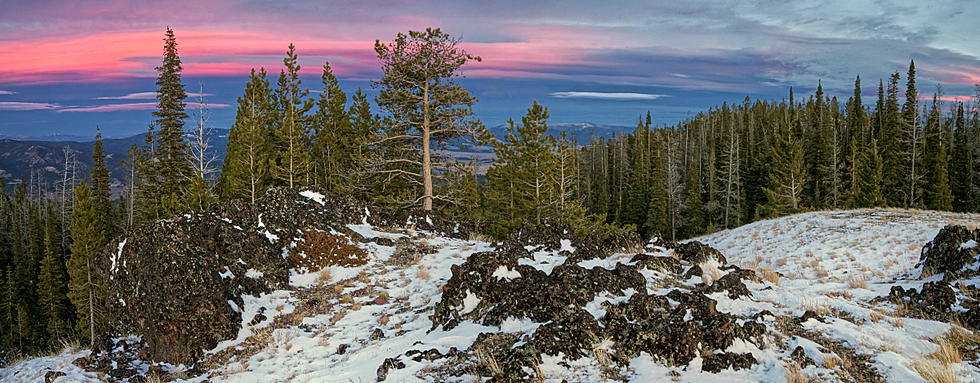
Are 3 Montana Wilderness Study Areas Ready for Changes?
Senator Steve Daines is taking another run at legislation that would remove three of the "wilderness study areas" in Montana from a federal list, and return management to multi-use status.
His introduction of the "Montana Sportsmen Conservation Act" is the latest effort to start changing the WSA designations, which critics have said have kept the areas in limbo as "de facto wilderness".
It's a debate that's been going on for the past decade, as user groups fight over what should happen with the public lands, which had been earmarked as a study for potential wilderness areas decades ago. However, the status of many of the areas remains in a holding pattern, even in cases where the areas didn't meet the criteria for formal wilderness designation.

Daines says the designations are curbing public use
"Congress is decades overdue of acting what they were supposed to do. That's not unusual here in Washington, where they're just late," Daines said after the most recent hearing of the Senate Energy and Natural Resources Committee. "And what this does is returns these public lands back to their status originally. And they still have a lot of protections on them."
Daines says the "de facto wilderness" approach is a problem for many people using the lands for multiple uses, including hunting, recreation, and logging.
"Here you can't bring any motorized vehicles, you can't do timber harvest and so forth in them. So this is just common sense, it's just doing what Congress was supposed to do."
Daines is proposing changes for three areas
The three areas included in the bill include the Hoodoo Mountain WSA, at the eastern end of the Garnet Range in Powell County, and the Wales Creek WSA, also in Powell County about 40 miles east of Missoula, Montana. The Bureau of Land Management has proposed managing Hoodoo, and part of Wales Creek, as a Backcountry Conservation Area. Both encompass about 23,000 acres.
The third area is the Middle Fork of the Judith WSA, which is 81,000 acres i the Helena Lewis and Clark National Forest, which the Forest Service determined was "unsuitable" for wilderness 30 years ago.
However, groups like Wild Montana have argued the WSAs, which total 44 statewide, "provide unparalleled wildlife habitat, as well as clean air and water."
Daines says there's a lot of "misinformation" about the change, saying the lands would still have some protection.
"There's still significant protections," Daines stresses. "There's been a lot of public input already on these decisions. It's time now for Congress to act."
